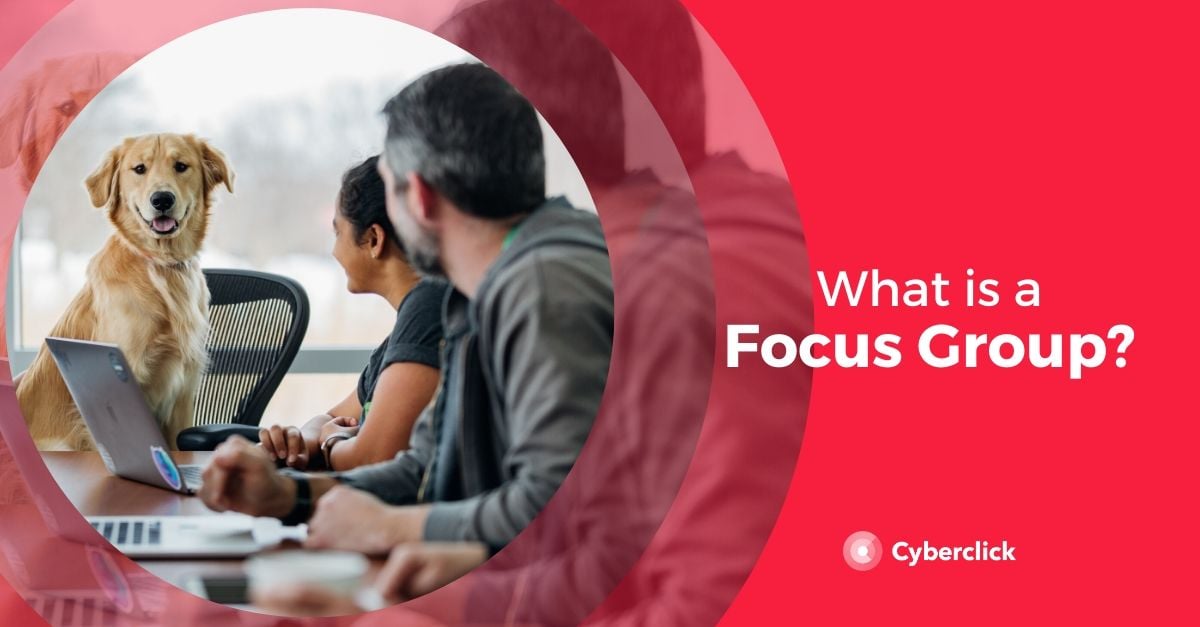By Nerea Boada, on 2 July 2020
A focus group is a market research tool used in advertising to gain insight about a group of people's views about a product or service. This is a qualitative technique, in which a discussion is organized among a group of 5-10 people led by a moderator.
In this article we’ll review the most important things you need to know about focus groups, including characteristics, advantages, and how to form one.

Characteristics of a Focus Group
- Its function is to capture and analyze consumer opinions about a company's products, services, or marketing campaigns.
- The moderator asks a series of questions to the group and leads the discussion so that all participants can speak.
- Typically, 10 to 15 questions are asked and the whole process lasts between 30 minutes and 1.5 hours.
- Usually, group members do not know each other. Participants are selected based on factors such as their purchase history, demographic or psychographic data, or consumption behavior.
- Within a single study, multiple focus groups are usually organized to obtain more information and avoid bias.
- Focus groups are especially useful for creating buyer personas, launching products, or doing brand rebranding.
Advantages of Using a Focus Group
Focus groups are a useful research strategy for under subjective consumer opinions. Although they are more difficult to organize than quantitative surveys, they are a good complementary technique and offer quite a few advantages for companies:
- They have a very flexible structure, which allows them to adapt to different needs.
- They target end consumers directly, allowing them to ask them what they think rather than having to guess.
- They achieve insights into consumer perception that are difficult to obtain by other means.
- By having a moderator representing the company, they allow you to adapt the live dynamics to react to the responses of the participants.
How to Run a Focus Group
- Define the problem for which you want to get an answer. For example, what is the best packaging for a new product that you are going to launch.
- Choose participants, either from the existing customer database or from a population sample that matches the characteristics of your buyer person.
- Select the moderators, as well as potential observers of the company who want to be present in the focus groups even if they will not intervene directly in them.
- Plan the dialogue. Take into account that you should start by giving an overview of the topic to the participants and then move towards increasingly specific questions. It should also be noted that questions should be open ended. Try not ask questions that will only end in a yes or no answer, but rather questions that lead to open discussion and greater insight.
- Organize the different groups and moderate them. Participants should be relaxed and ask questions that guide the group towards the fulfillment of the goal.
- Analyze the results. Typically, focus group sessions are recorded so that you can conduct in-depth analysis of the answers and thus answer the question you originally posed.
We hope this simple and straightforward article has helped you better understand focus groups!



